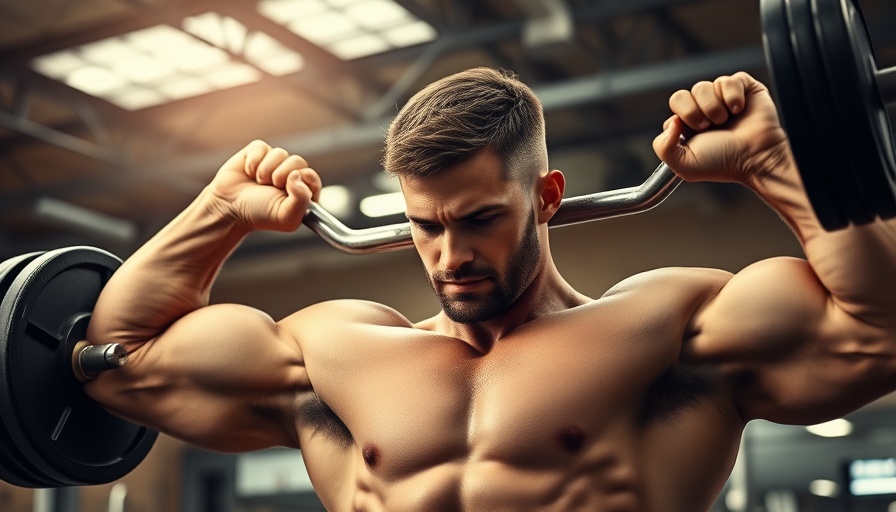
Unlock the Power of Combined Back and Shoulder Workouts
For fitness enthusiasts eager to broaden their shoulders and enhance their back muscle definition, training back and shoulders together can yield outstanding results. While traditional training splits often keep these two muscle groups separate, there is a growing recognition that pairing them can lead to more effective workouts and faster results.
Benefits of Combining Back and Shoulder Training
One major advantage of combining back and shoulder workouts is minimal muscle overlap. Back exercises primarily engage pulling muscles, while shoulder workouts focus on pushing muscles. This complementary relationship means that you can shift effectively from back to shoulder exercises without exhausting the same muscle groups, resulting in higher performance and better recovery.
Moreover, by structuring your workouts effectively, you can see substantial increases in muscle definition and strength. A well-balanced routine not only helps in achieving wide lats and defined shoulders but also enhances the overall aesthetic appearance of the upper body.
Designing Your Back and Shoulder Workout Routine
When programming a back and shoulder workout, it’s essential to maintain a balance. Research supports engaging in two workouts per week to optimize muscle growth. Aim for 10-20 weekly sets for each muscle group. To maximize gains, training should be performed about 1-2 reps shy of failure, which allows for progressive overload—a crucial factor in muscle building.
A typical session might begin with compound lifts, such as pull-ups and overhead presses, and conclude with more isolation moves targeting the rear deltoids and traps. This strategic approach not only builds strength but also fosters muscular endurance.
Essential Exercises for Mass and Width
For those seeking to elevate their physique, incorporating exercises like bent-over rows, dumbbell presses, and lateral raises is key. These exercises not only target major muscle groups but also ensure comprehensive development of the upper body. Super-setting, where two exercises are performed back-to-back without rest, can significantly boost workout intensity, leading to greater muscle engagement.
How Frequency and Recovery Impact Result
Frequency matters; hitting both muscle groups twice a week strikes the ideal balance between workload and recovery, preventing overtraining while maximizing gains. The importance of proper recovery cannot be overstated, as it ensures that your muscles rebuild and grow stronger between sessions.
Importance of Nutrition and Supplements
While training intensity is vital for muscle development, nutrition plays an equally critical role. Proper protein intake and the strategic use of supplements, such as protein powder and creatine, can accelerate your progression towards achieving a muscular back and shoulders. While supplements can offer a boost, they should complement a well-rounded diet rich in whole foods to truly support muscle growth.
Crafting effective back and shoulder workouts involves understanding the connections between different muscle groups and their training requirements. By embracing structured routines that incorporate compound and isolation exercises, and by ensuring adequate recovery, anyone can build a wider, stronger upper body. Whether you’re just starting out or you’re a seasoned lifter, these strategies can help you reach your upper-body goals faster.
 Add Row
Add Row  Add
Add 




Write A Comment